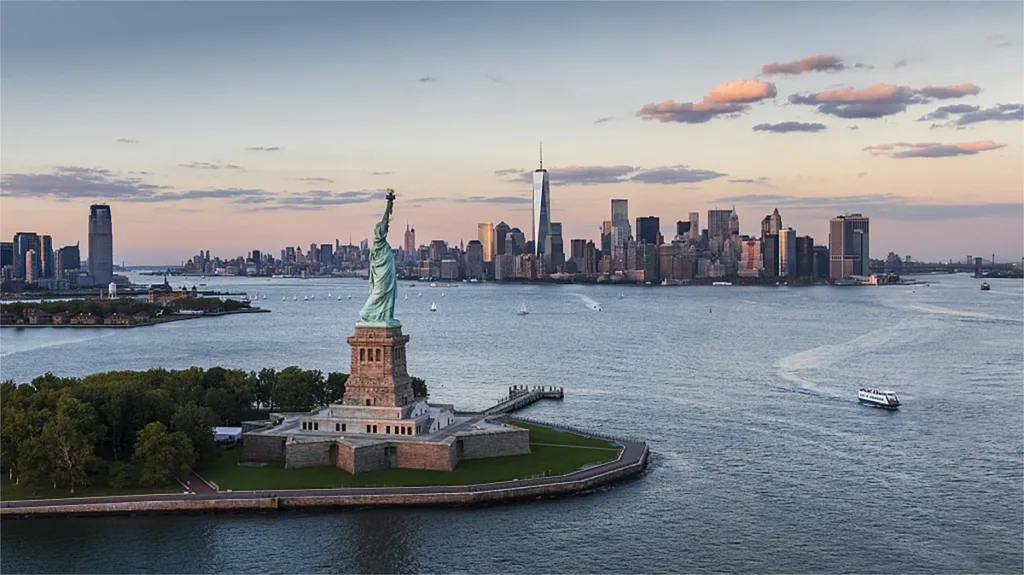One World Trade Center gegen Shanghai Tower: Eine Geschichte von zwei ikonischen Wolkenkratzern


In the realm of towering skyscrapers that grace the skylines of major global cities, few structures rival the magnificence and significance of One World Trade Center in New York City and the Shanghai Tower in China. These architectural giants stand as symbols of resilience, innovation, and progress, each boasting unique designs, engineering feats, and cultural significance. Let’s delve into a detailed comparison of these iconic landmarks across various dimensions:
Location and Height:
- One World Trade Center: Located in Lower Manhattan, New York City, USA, it stands at a symbolic height of 1,776 feet (541 meters) including its antenna.
- Shanghai Tower: Situated in the Lujiazui financial district of Shanghai, China, it is the tallest building in China and the second tallest in the world, reaching a height of 2,073 feet (632 meters).
Design and Architecture:
- One World Trade Center: Designed by architect David Childs, its design is characterized by a sleek, tapered form with a spire at the top, paying homage to the original World Trade Center towers. It features a cubic base with chamfered corners.
- Shanghai Tower: Designed by the architectural firm Gensler, it boasts a unique twisting, spiral form that ascends to the sky. Its curved façade and spiraling shape symbolize traditional Chinese architecture, with nine cylindrical sections stacked on top of each other.
Functionality and Use:
- One World Trade Center: Primarily an office building, it houses office spaces, observation decks, restaurants, and broadcasting facilities.
- Shanghai Tower: A mixed-use skyscraper, it contains office spaces, hotels, retail outlets, observation decks, and cultural amenities, accommodating a variety of functions within its structure.
Sustainability and Green Features:
- One World Trade Center: Incorporates several sustainable features such as high-efficiency lighting, advanced HVAC systems, and recycled construction materials, aiming for LEED Gold certification.
- Shanghai Tower: Recognized for its sustainability initiatives, it includes features like double-layered insulating glass façade, wind turbines near the top to generate energy, rainwater harvesting systems, and natural ventilation systems, targeting LEED Platinum certification.
Structural Engineering:
- One World Trade Center: Utilizes a concrete-core construction method with a steel frame, designed to withstand extreme events such as earthquakes and high winds.
- Shanghai Tower: Employs a megaframe structural system with a composite core and perimeter mega-columns, providing stability against wind-induced forces and reducing overall structural weight.
Kulturelle Bedeutung:
- One World Trade Center: Symbolizes resilience, freedom, and the spirit of New York City, serving as a poignant memorial to the events of September 11, 2001.
- Shanghai Tower: Reflects China’s rapid economic growth, innovation, and aspirations for the future, becoming a symbol of Shanghai’s emergence as a global financial hub.
In conclusion, both One World Trade Center and the Shanghai Tower are architectural masterpieces with their own unique characteristics, and they stand as symbols of progress, resilience, and ambition in their respective cities, contributing to the skylines and identities of New York City and Shanghai.